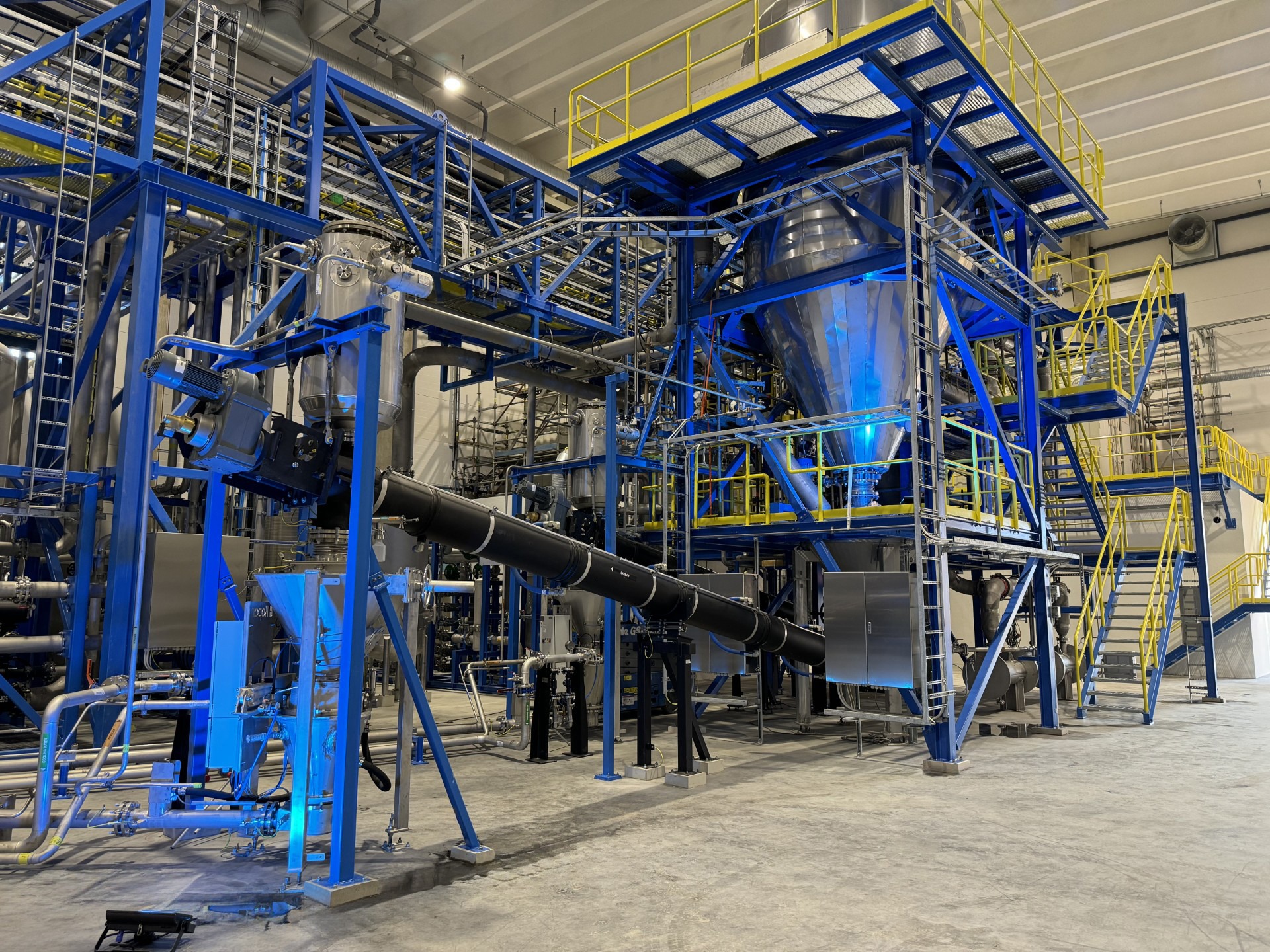Hycamite TCD Technologies, a leader in emissions-free methane-splitting, has inaugurated Europe’s largest methane-splitting facility in Kokkola, Finland. Once fully operational, the plant will have the
Author: Greenh2 team
Plug Power Inc. (NASDAQ: PLUG), a global leader in hydrogen solutions for the green hydrogen economy, has been awarded $10 million by the U.S. Department

BMW has announced plans to introduce its first-ever series production fuel cell electric vehicle (FCEV) in 2028, marking a major step forward in its commitment
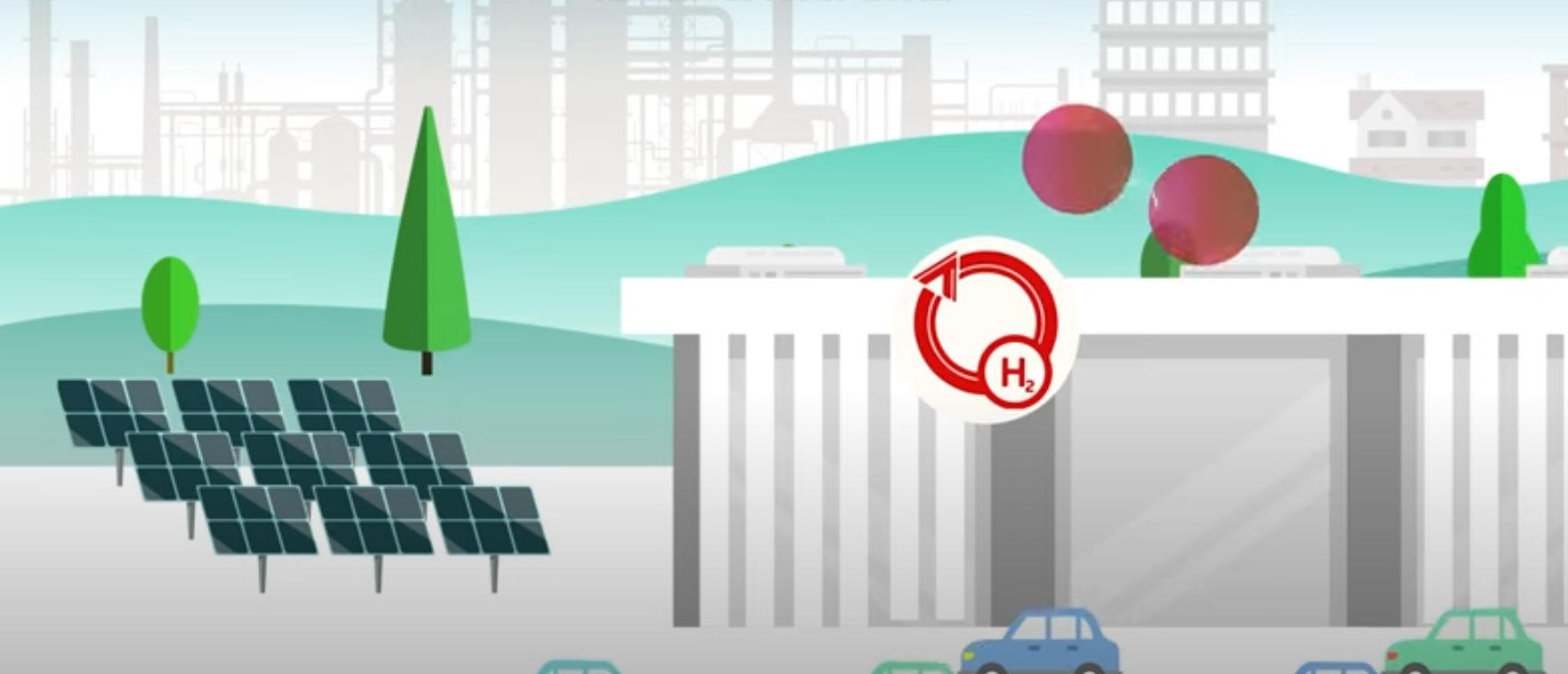
MOL has commenced production at the largest green hydrogen plant in Central and Eastern Europe, located at its Százhalombatta refinery in Hungary. The facility, featuring

Wales & West Utilities (WWU) has announced a groundbreaking initiative to develop an innovative electrolyser capable of producing green hydrogen from highly contaminated industrial wastewater
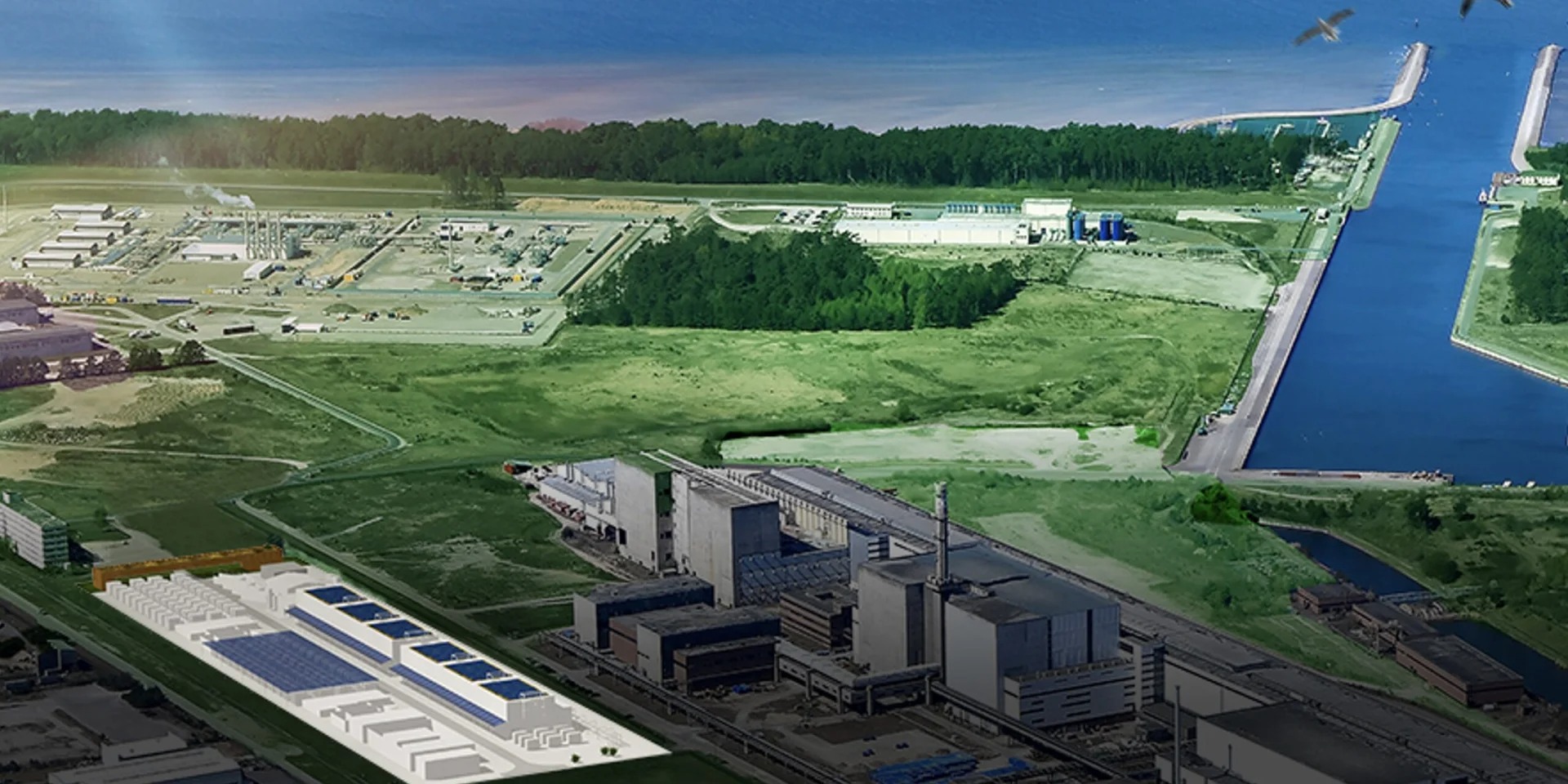
In a pivotal move for green hydrogen production in Germany, HH2E has signed a significant contract with Gebrüder Karstens Bauunternehmung GmbH to construct its flagship
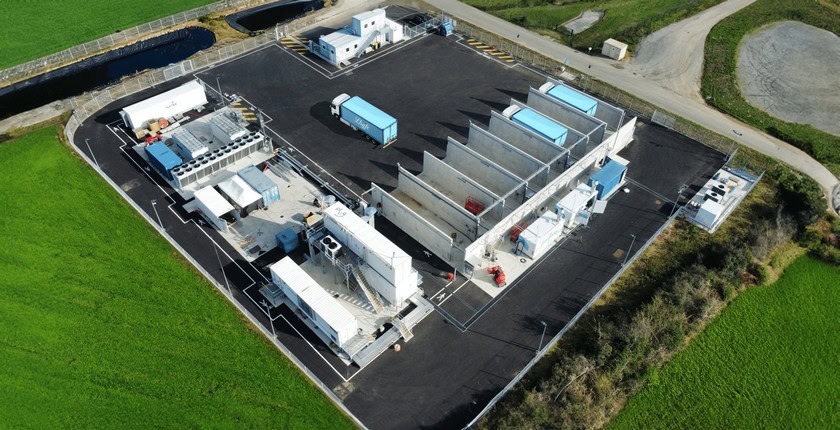
Lhyfe, a global leader in green hydrogen production, OX2, one of Europe’s largest onshore wind developers, and Velarion, an innovative green fertilizer company founded in
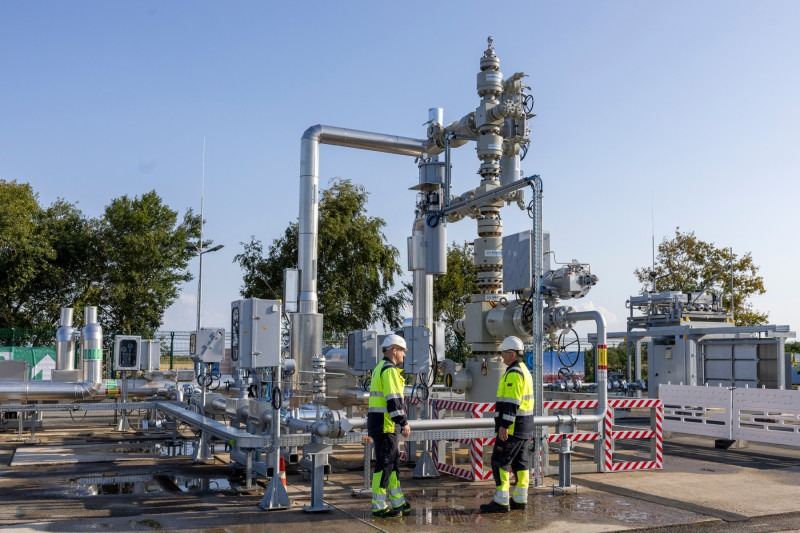
Uniper has officially opened its new Hydrogen Pilot Cavern (HPC) storage facility in Krummhörn, marking a significant advancement in Germany’s green energy landscape. The project,
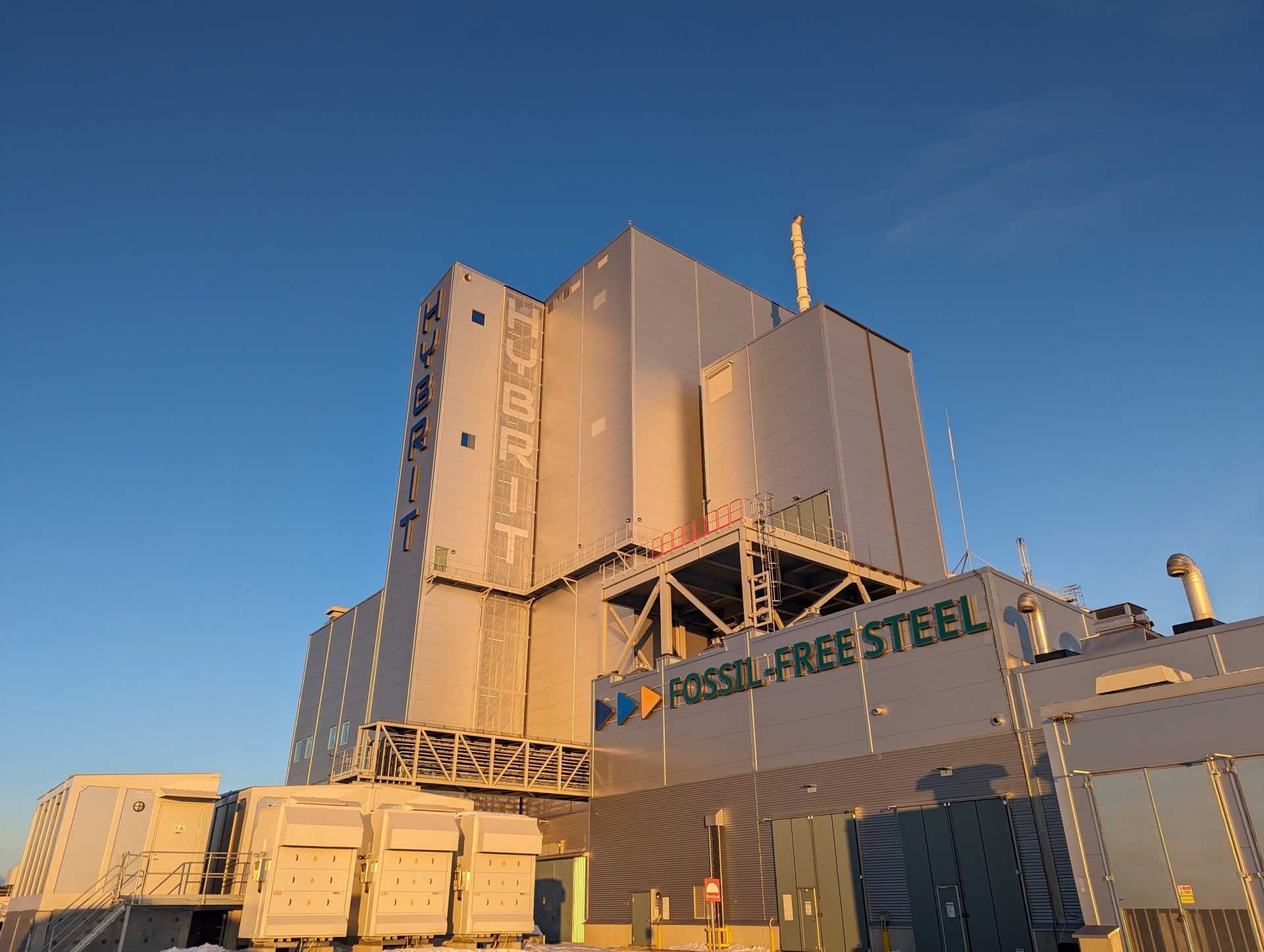
The HYBRIT initiative has reached a significant milestone with the release of its final report to the Swedish Energy Agency, marking the culmination of six
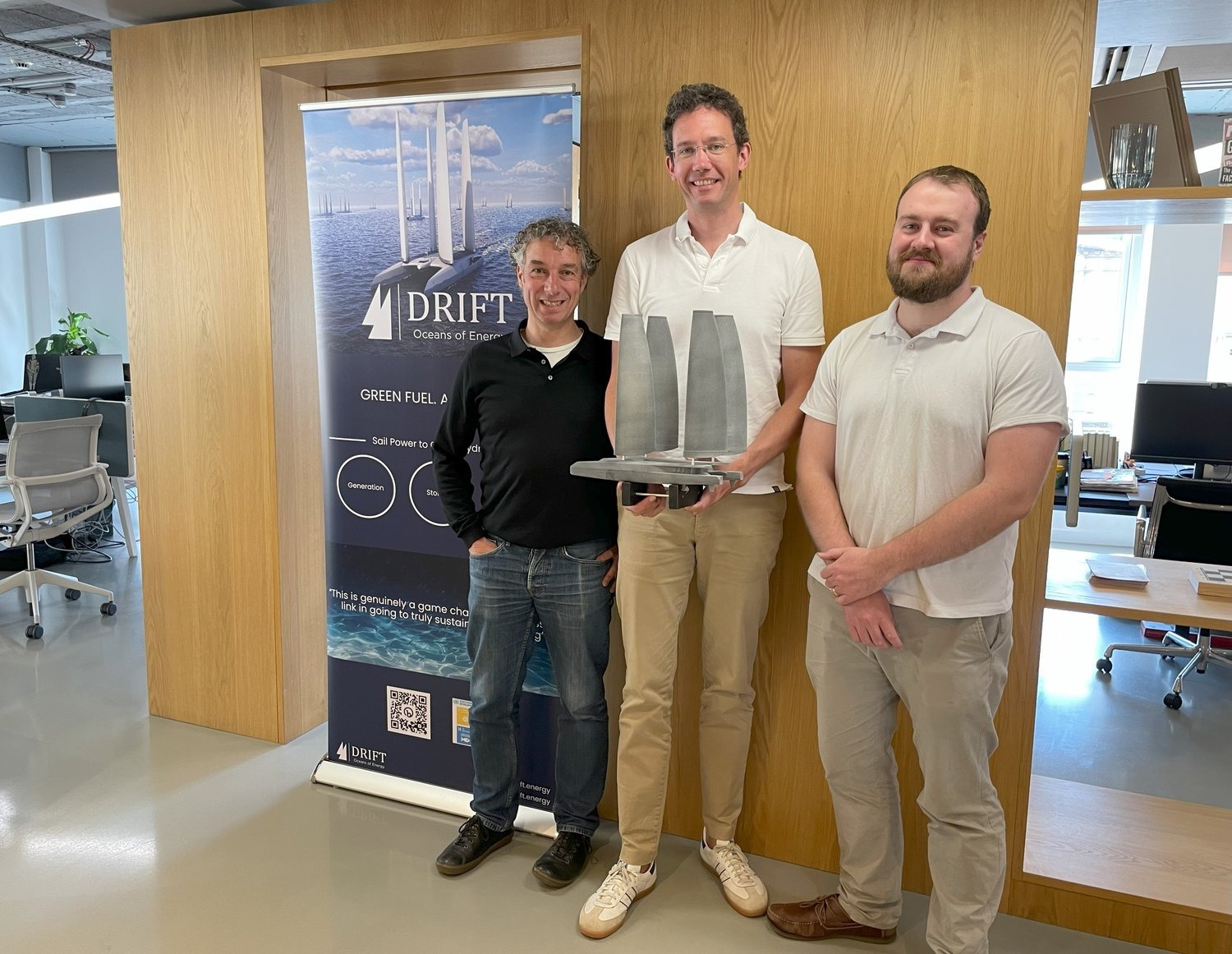
DRIFT Energy, a pioneering British startup aiming to revolutionize the clean energy sector, has announced the successful close of its seed funding round, securing £4.65

